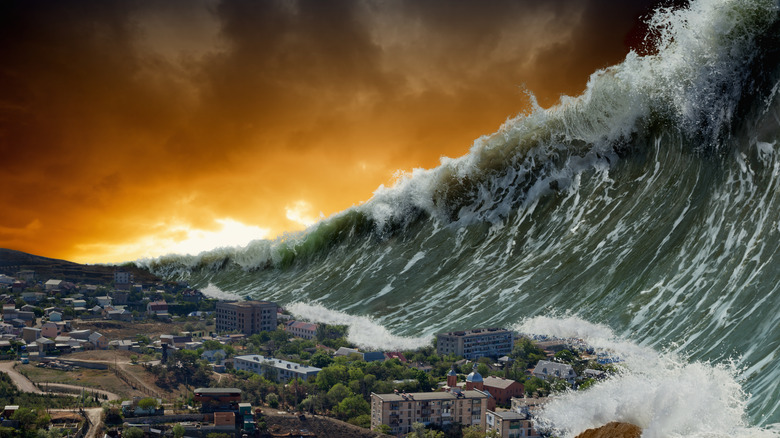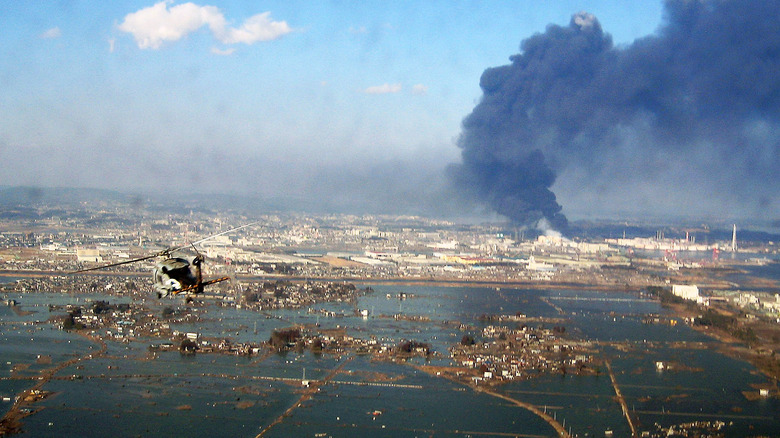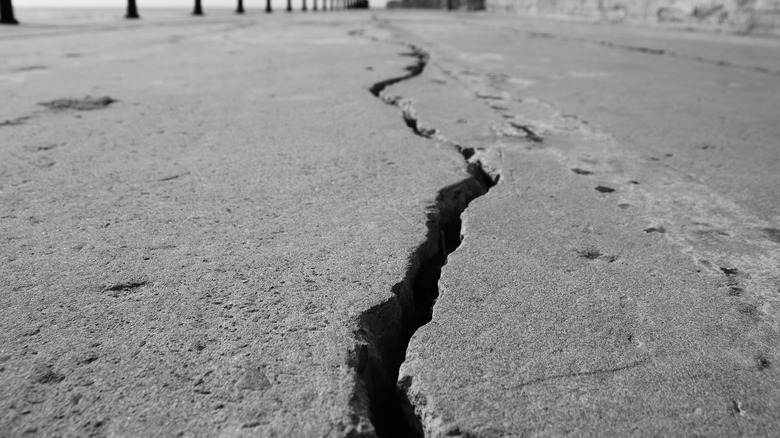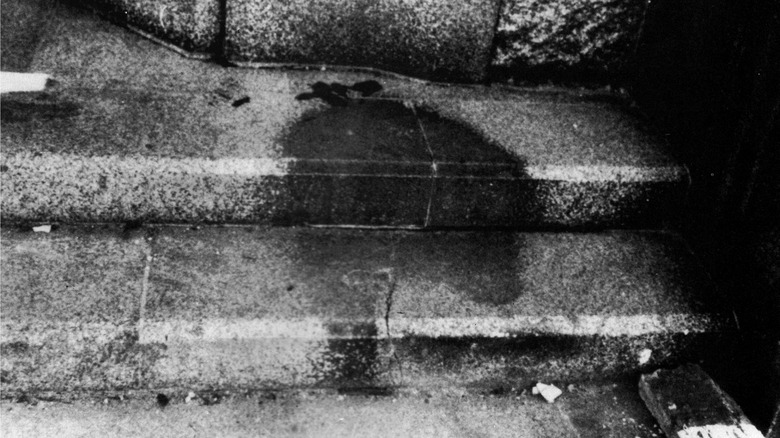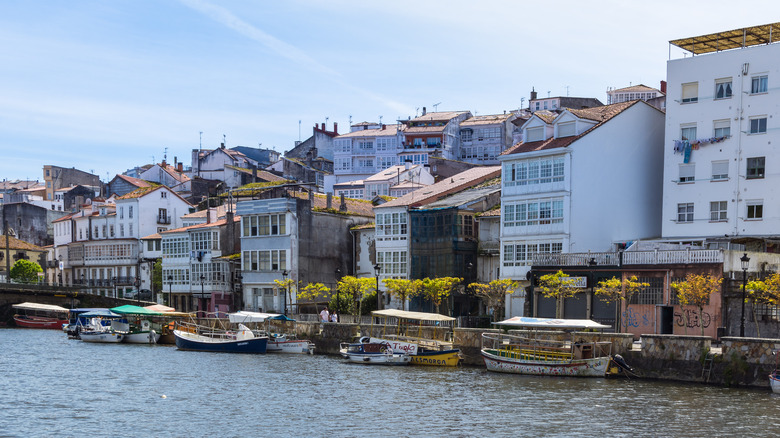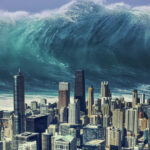
The Truth About The Biggest Tsunami Ever Recorded
The average disaster movies portray tsunamis as gigantic walls of ocean water that obliterate cities and towns in an instant. And rightly so. Tsunamis are indeed massive waves of ocean water that cause tremendous destruction and death, however, tsunamis aren’t a naturally occurring phenomenon. Instead of being influenced by wind or even the moon, as waves in the ocean tend to be, tsunamis are an after effect of a major disaster. According to the National Ocean Service, tsunamis are caused by either underwater volcanic eruptions or earthquakes. The depth of the ocean where the tsunami originates determines how fast it travels across water and how high its waves will crest. The deeper the water, the faster the tsunami moves, clocking speeds as fast as jet planes (via National Ocean Service).
In 1958, the largest tsunami ever recorded occurred in Lituya Bay in Alaska. A fjord (a long narrow body of water generally located between high cliffs) located in the southeastern portion of Alaska, Lituya Bay was discovered by the French explorer Jean-François de Galaup La Pérouse in 1786 (via Earth Observatory). Due to its geographical situation, Lituya Bay is naturally prone to earthquakes and high tides.
No hiding from that wave
In 1899, an earthquake in Lituya Bay caused a tsunami that destroyed a village, killing 5 people. Nearly 40 years later in 1936, yet another tsunami swallowed the small bay again (via Earth Observatory). But, the mother of all tsunamis was still yet to come. On July 9, 1958, an earthquake rocked Alaska (via Alaska Earthquake Center). Measuring 7.8 on the Richter scale, the earthquake struck at 10:16 pm. So intense was the quake, in fact, the inlet feeding into the bay moved 20 feet in the opposite direction of the shore. According to Earth Observatory, the earthquake caused a rockslide that forced over 90 million tons of rock into Lituya Bay. Mountain climber Howard Ulrich, who was with his son, witnessed the event. He described the ensuing 100+-foot wall of water: “It looked like just a big wall of water. You’re looking at death, and this was exactly my first thought.” (via Daily Astorian).
a geological disaster
The damage to the surrounding area was extensive. Waves splashed up against the surrounding mountain range as high up as 1,750 feet high. Yet with all this destruction, amazingly only five people died during the event. According to Western States Seismic Policy Council three individuals were killed when the first initial wave of water drove the small island they were standing on (Khantaak Island) 100 feet below sea level. Two others died as the massive wave sank their ship stationed in the bay. Miraculously, however, two people were later rescued from the bay, as they clung to a dinghy after their boat sank into the bay.
For years, scientist struggled to determine what would caused a wave as massive as the 1,750-foot monster that destroyed Lituya Bay. It was later discovered that a giant piece of rock, crashed into the inlet feeding to the bay, during the rock slide. Scientist were able to determine that the rock that caused the monster wave measured 2,400 feet by 3,000 feet and was 300 feet thick. During the slide, the giant rock fell 2,000 feet into the bay, causing the incredible destructive chain of events (via Western States Seismic Policy Council) that destroyed Lituya Bay.

Popular Things From The 1980s You Don't See Anymore

The Untold Truth Of The Murderous Dr. Cream

This Colorized Photo Will Change How You Look At Charlie Chaplin

These Were St. Lawrence's Last Words Before Death

This Is The Smallest Primate In The World

Here's How Much Undiscovered Gold Is In The Ocean

Disturbing Details Discovered In Robin Williams' Autopsy Report
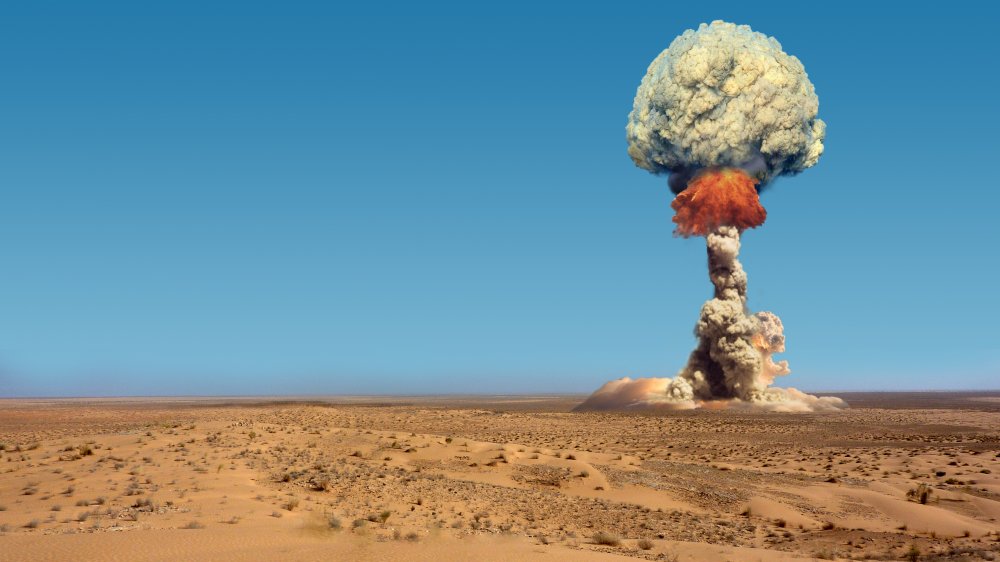
The Truth About The Pentagon's New Atomic Moon Rocket
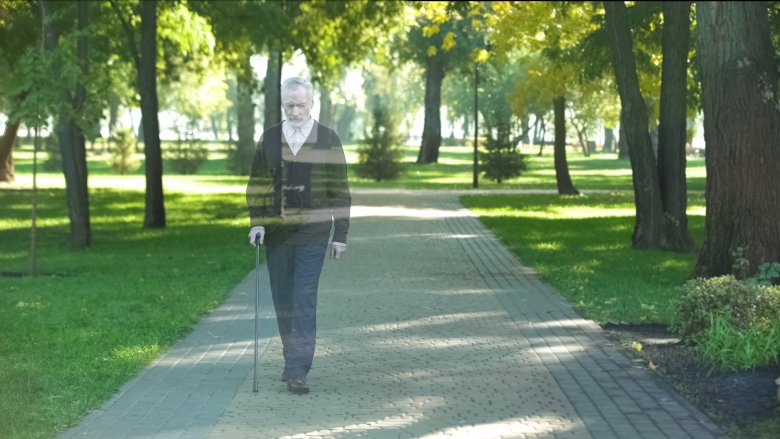
People Who Vanished While On Vacation
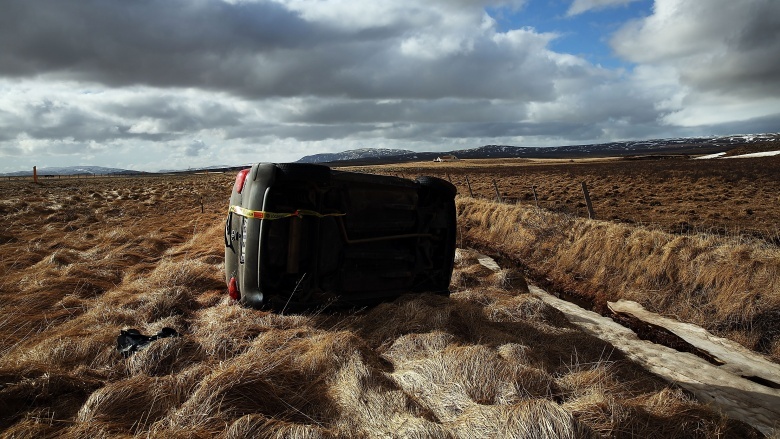
The Most Dangerous Places To Drive In The World
